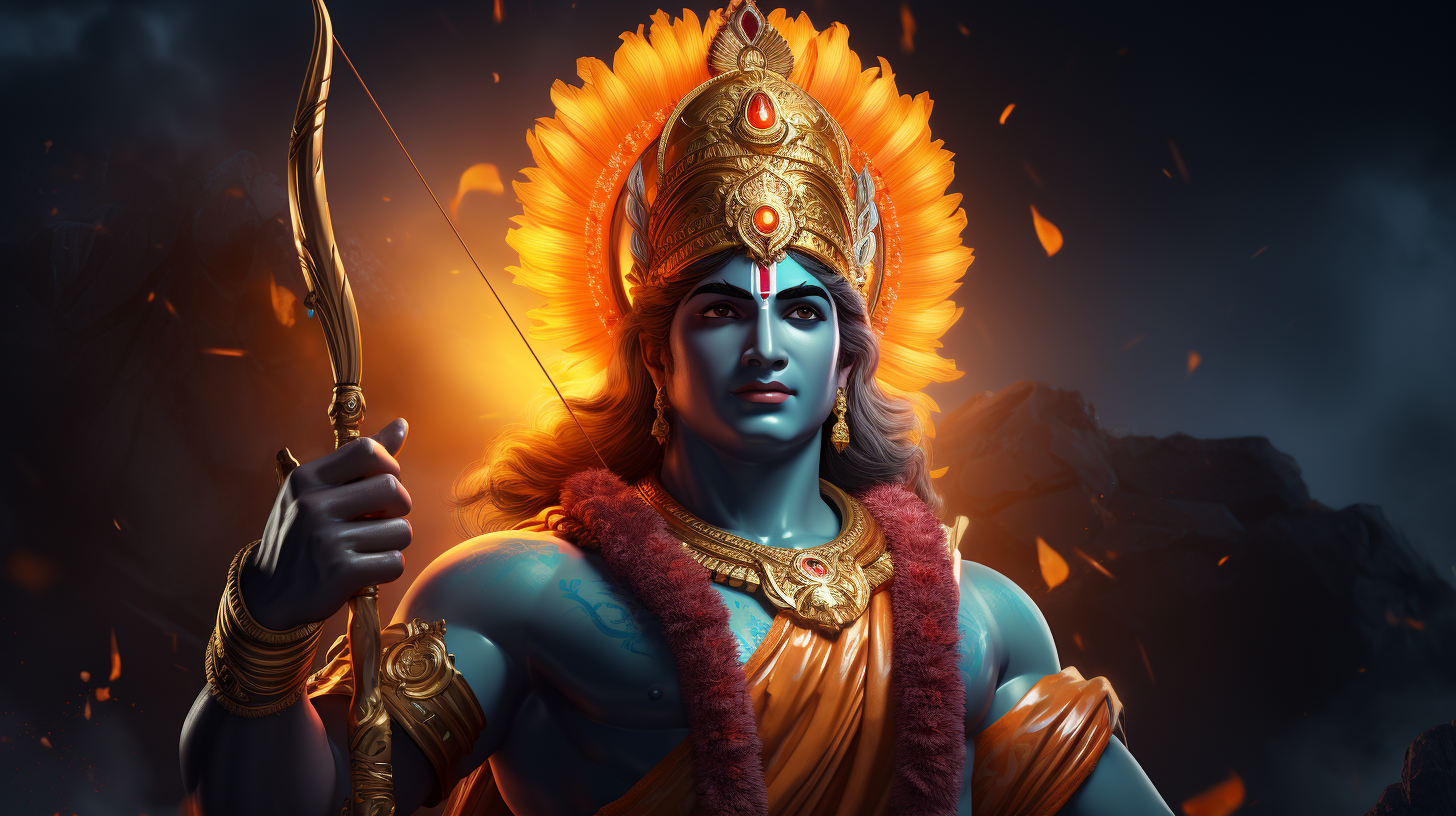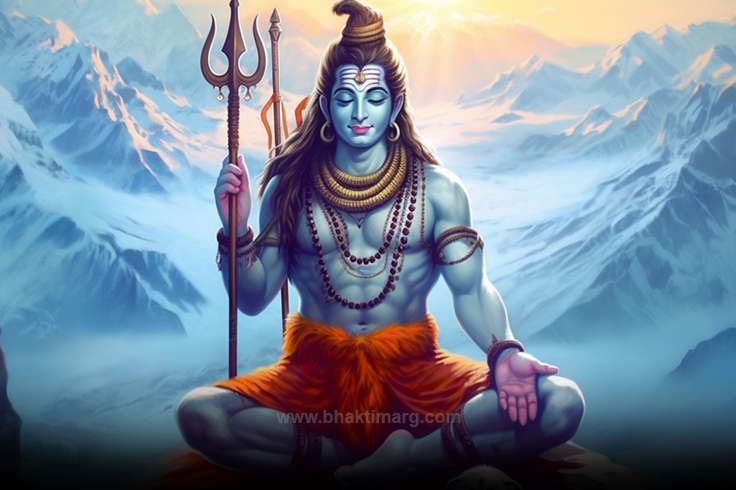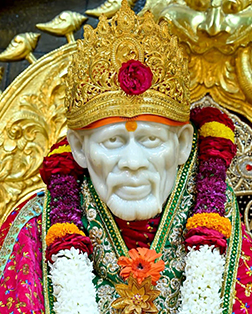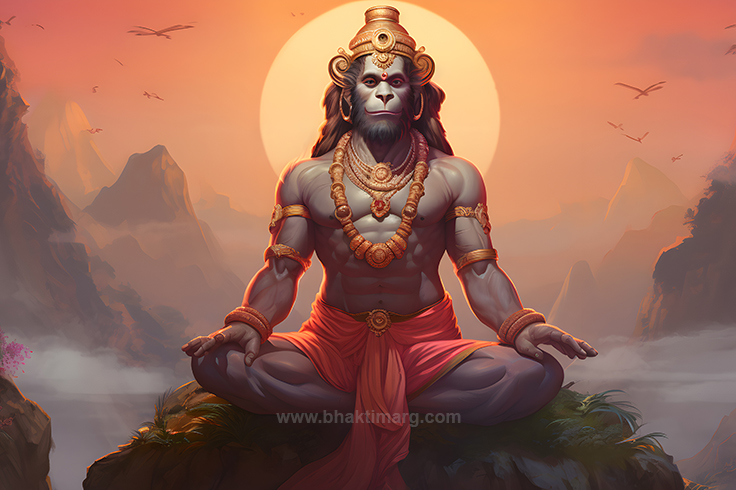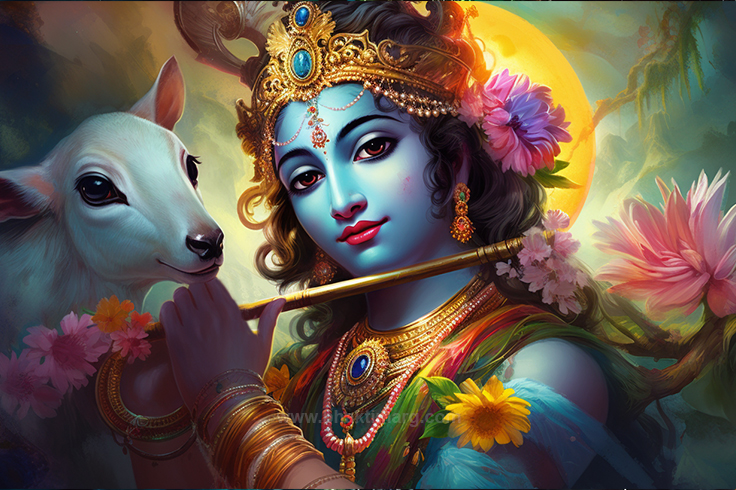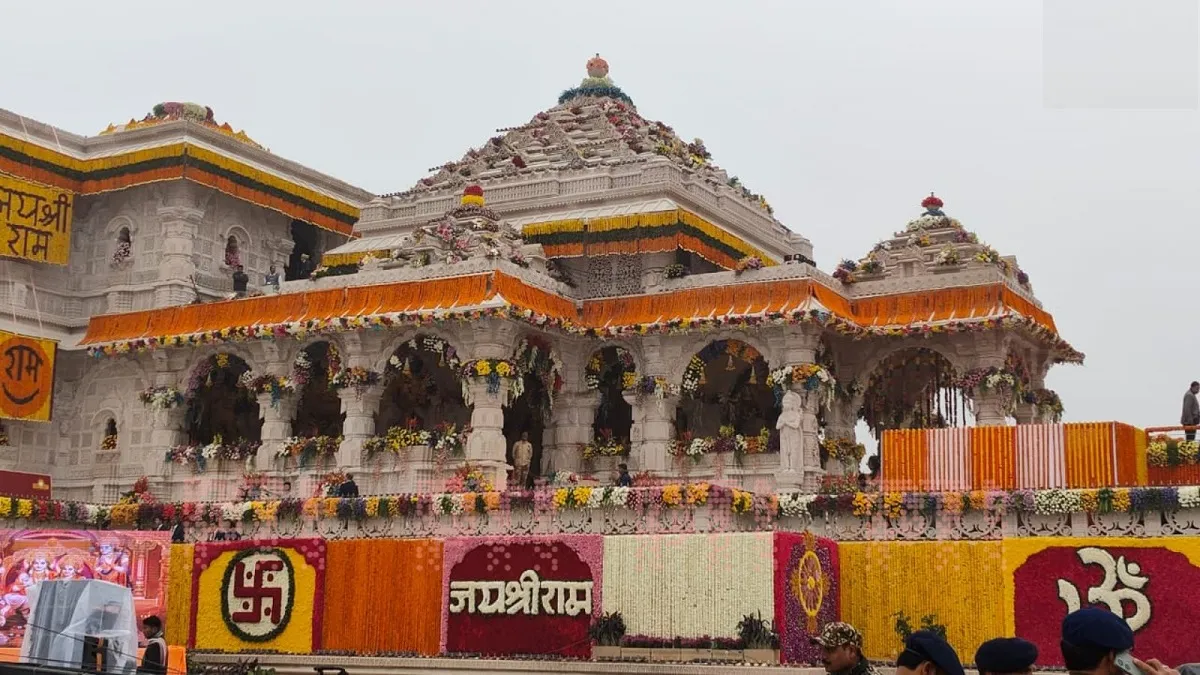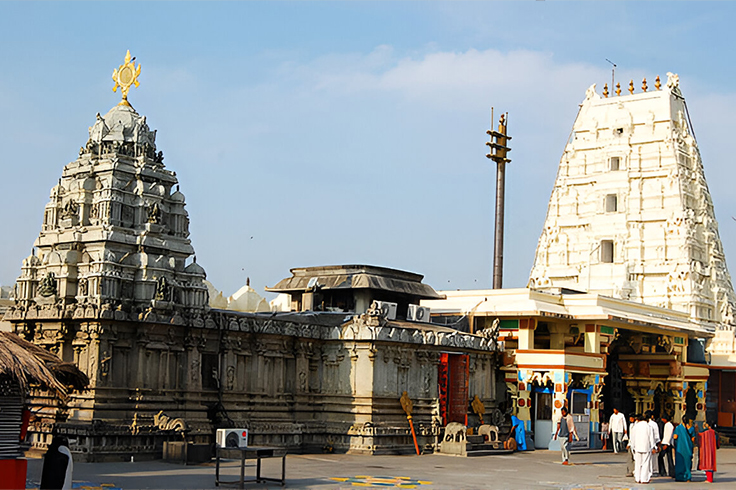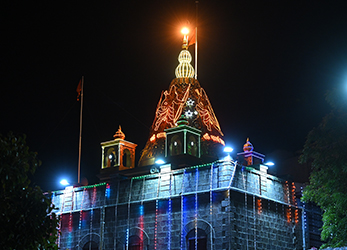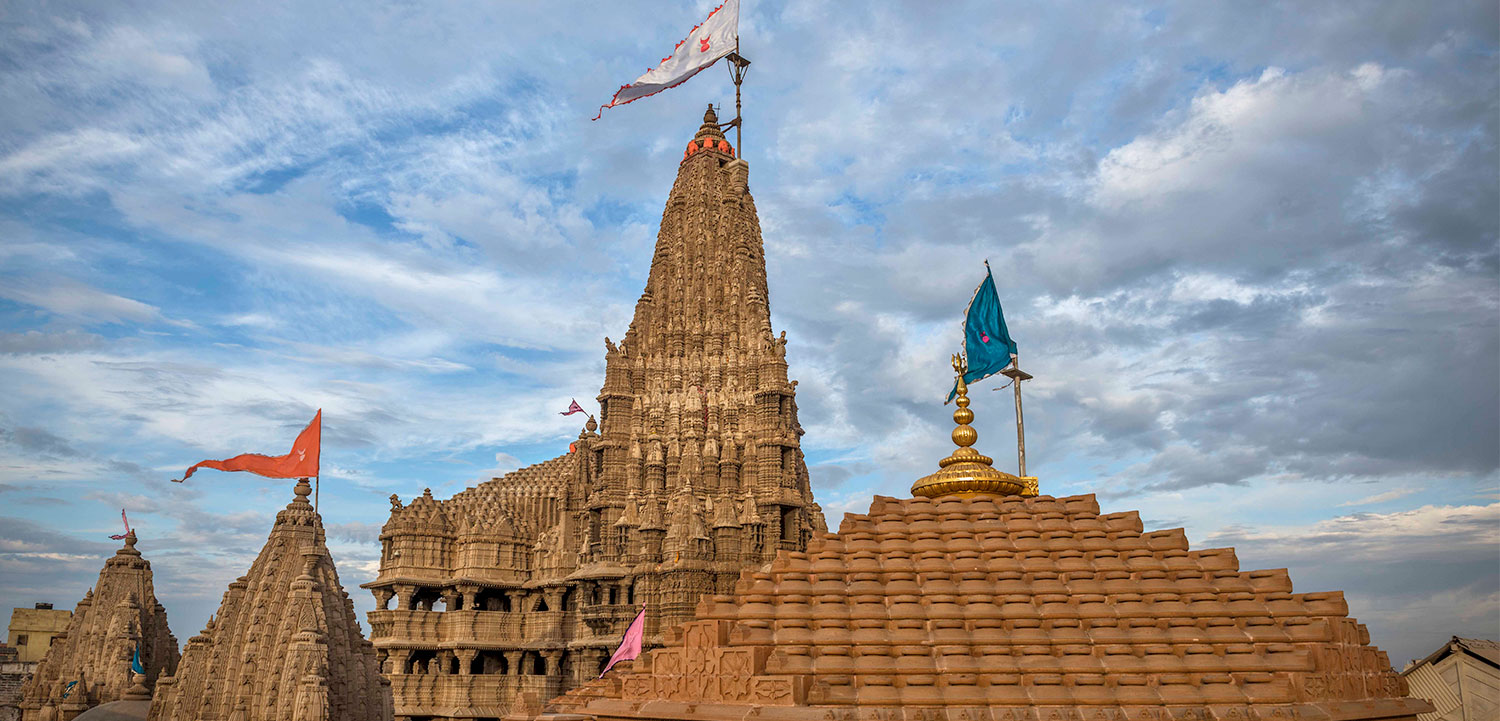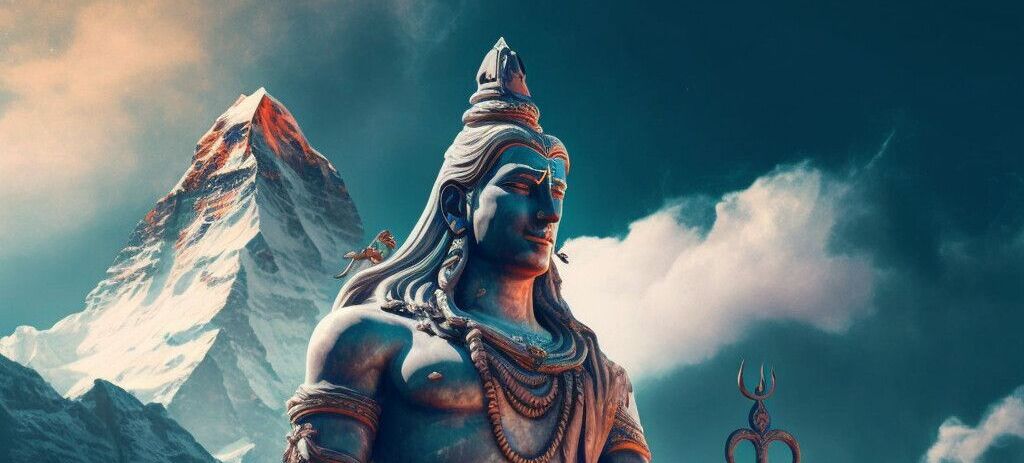
Why Shiva is Called Adi Yogi: The Master of the Yogic Tradition
Lord Shiva is considered the ultimate, formless, and endless, existence of the universe, which has no beginning or end. In Sanatana Dharma Shiva is a central deity along with the other two embodying the cosmic force of creation, preservation, and destruction. In the Shaivism philosophy of Hinduism, he is considered the supreme deity who is the world itself and the reason for the world to exist.
Other theories of Hinduism portray him in different ways mostly being the formless existence, one states he is the ultimate consciousness from whom the world propelled. Some mention him as the counterpart of Adi Shakti the energy source of the world, some scriptures depict Shiv Bhagwan as the half-male and half-female deity, ‘Ardhanareshwar’ who created this world. Either way, Shiva is depicted as the supreme consciousness who has Shakti the supreme energy as his eternal counterpart and the world came into existence from him.
This being said the formed or visible existence of Shiva is portrayed being a disheveled sage wearing tiger skin, holding a trident with an attached dumru, long hair locks, wearing Rudraksha ornaments, smeared in ashes, and adorning the crescent moon on his head. This portrayal in the scriptures is often mentioned as the Shiva Adiyogi, deep in meditation or dancing the tandava symbolizing the rhythm of the universe. This form of Lord Shiv exudes a paradoxical nature both ascetic and householder and devotees rever him for his benevolence denoting him as Bholenath and as fearsome Rudra.
Who is Adiyogi?
The term Adiyogi is translated to “Adi” as first or primordial and “Yogi” denotes a practitioner of yoga. An Adi yogi is someone who is the cosmic teacher who transits the science of Yoga to humanity, depicted as Adiguru in yogic tradition and he imparts the profound knowledge of inner well-being and self-realization. In Hinduism Adiyogi is Shiva, as the first yogi and ultimate source of yogic wisdom. The Adiyogi image is associated with Dhyanalinga, symbolizing timeless wisdom that continues to inspire seekers on the path of self-discovery, emphasizing the transformative power of yogic practices for spiritual evolution.
Why Shiva is Called Adiyogi?
Lord Shiva is called Adiyogi because he is revered as the primordial or first yogi in Hindu tradition, the ultimate consciousness and source of yogic wisdom. The concept of Shiva as Adiyogi is deeply rooted in the spiritual tradition of Hinduism particularly owing to his role as a cosmic teacher who transmitted the knowledge of Yoga to his first disciples, the Saptarishis or seven sages.

Lord Shiva’s attributes as the Adiyogi
- Shiva is considered the source and originator of the yogic tradition, it is believed that Shiv Bhagwan attained the highest state of consciousness through intense meditation and Tapasya (austerity) and he decided to share the secrets he realized of the inner dimensions of existence with humanity through the Saptarishi
- Shiva in his role of Adiyogi shared the science of Yoga with the Saptarishis on the bank of Lake Mansarovar in the Himalayas which is symbolic of Guru-Shishya Parampara in Hinduism, passing down the spiritual wisdom from the master to disciple
- Adiyogi Shiva in his role as guru taught not just Asana’s physical postures but also various dimensions of Yoga, including Pranayama (breath control), Dhyana (meditation), and wisdom on the nature of existence
- The iconic image of Lord Shiva is often associated with Dhyanalinga a meditative space and energy center, in a yogic posture with the distinctive third eye, symbolizing inner vision and insights. Shiv Bhagwan has a snake coiled around his neck which is a representative of the Kundalini energy and the crescent moon signifying the cyclical nature of time
- The teachings of Shiva Adiyogi are not limited to a specific time, place, or culture, they are considered universal and timeless, offering guidance for seekers on the path of spiritual evolution and self-realization
Virtues to Gain from Lord Shiva Adiyogi Avatar
- Shiva lived the life of ascetics yet married his eternal counterpart, Shakti who appeared to take various birth and settled with him for the smooth perseverance of the universal flow. So it teaches us the transcendence of duality, living as a practitioner must seek balance and transcend opposites, such as strength and flexibility, effort and surrender, and material and spiritual aspects of life
- Learn the Yogic goal of channeling and elevating the life force energy within moving it from the base of the spine to the crown of the head for spiritual awakening just as the snake on Lord Shiv’s neck the serpent represents awakening and mastery of Kundalini
- The Shiva Adiyogi form promotes inner vision, intuition, and expanded consciousness, accepting the cyclical nature of life and understanding the philosophy of Yoga that focuses on understanding the eternal nature of self, and focus on self-realization
- Shiva’s cosmic dance reflects the interplay of opposites and the ever-changing nature of life reminding yogis to flow with the rhythms of existence
The teaching of Shiva as Adiyogi is considered universally applicable to people of all backgrounds emphasizing the profound truths of the universe and leading a life of discipline balancing seclusion and inclusion in life imparting on holistic nature of Yoga. To conclude Shiva Adiyogi is the first and foremost exponent of Yogic tradition who guides humanity towards inner peace, self-discovery, and spiritual growth.




